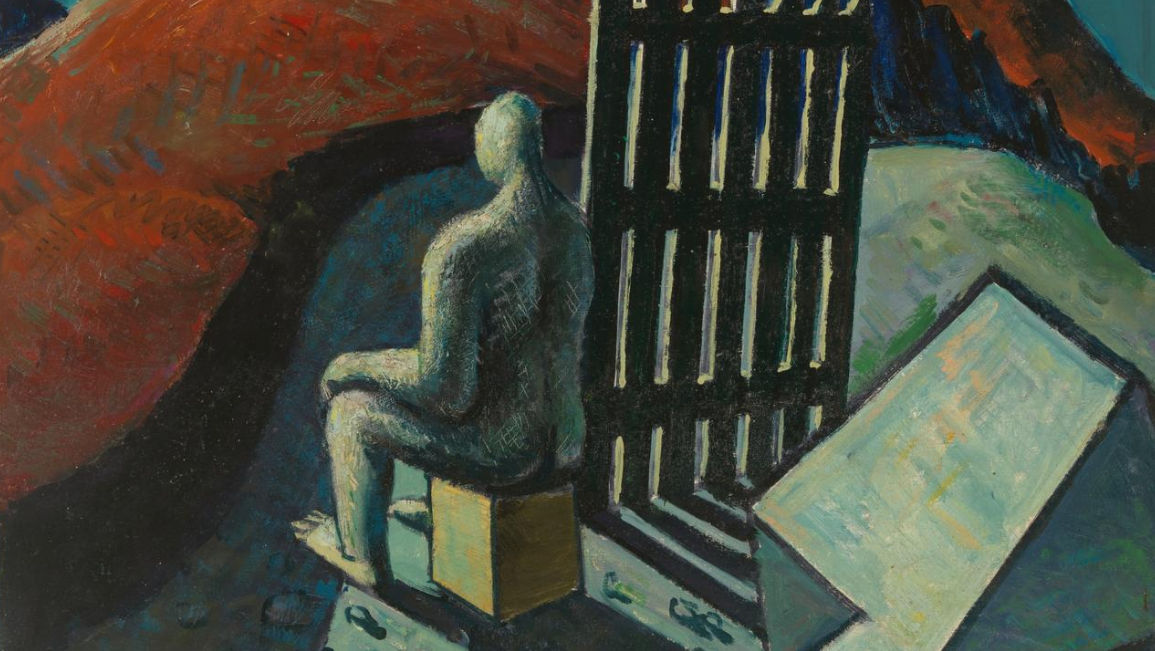Australian Modern Art has come a long way since its inception in the late 19th century. From the early colonial art that depicted the beauty of the Australian landscape, to the present-day contemporary art scene, modern artwork in Australia has evolved to be one of the most vibrant and exciting in the world. This article will explore the journey of Australian Modern Art and how it has evolved over the years.
The Beginning of Australian Modern Art
The first stirrings of Australian Modern Art can be traced back to the late 19th century when the Australian Impressionists emerged. Their work was characterized by bold brushstrokes, bright colours, and a strong sense of national identity.
However, it was not until the early 20th century that Modern Artwork truly came into its own. The Heidelberg School, as the Australian Impressionists were known, paved the way for a new generation of artists who sought to break away from traditional forms of art and embrace the new, modern world.
The Rise of Modernism
Modernism arrived in Australia in the 1920s and 1930s, and with it came a new wave of artists who were eager to experiment with new techniques and styles. The influence of European modernism, particularly the work of the Cubists and the Surrealists, can be seen in the work of artists such as Grace Cossington Smith, Ralph Balson, and Margaret Preston.

Post-War Art
The end of World War II marked a turning point in Australian Modern Art. The post-war era saw a new generation of artists emerge who were influenced by the Abstract Expressionist movement in the United States. Artists such as John Olsen, Sidney Nolan, and Arthur Boyd experimented with new techniques and materials, such as drip painting and mixed media, to create a new form of abstract art that was uniquely Australian.
Contemporary Art
The contemporary art scene in Australia is characterized by its diversity and vibrancy. Artists from all over the world are drawn to Australia’s unique landscape, culture, and way of life, and this has helped to create a thriving contemporary art scene. From street art to installation art, contemporary artists are pushing the boundaries of what is possible and creating work that is both challenging and thought-provoking.
Conclusion
The evolution of Australian Modern Art has been a long and fascinating journey. From the early colonial art of the Australian Impressionists to the contemporary art scene of today, Australian artists have been at the forefront of modern art movements and have created a unique form of modern art that is both distinctive and powerful.
